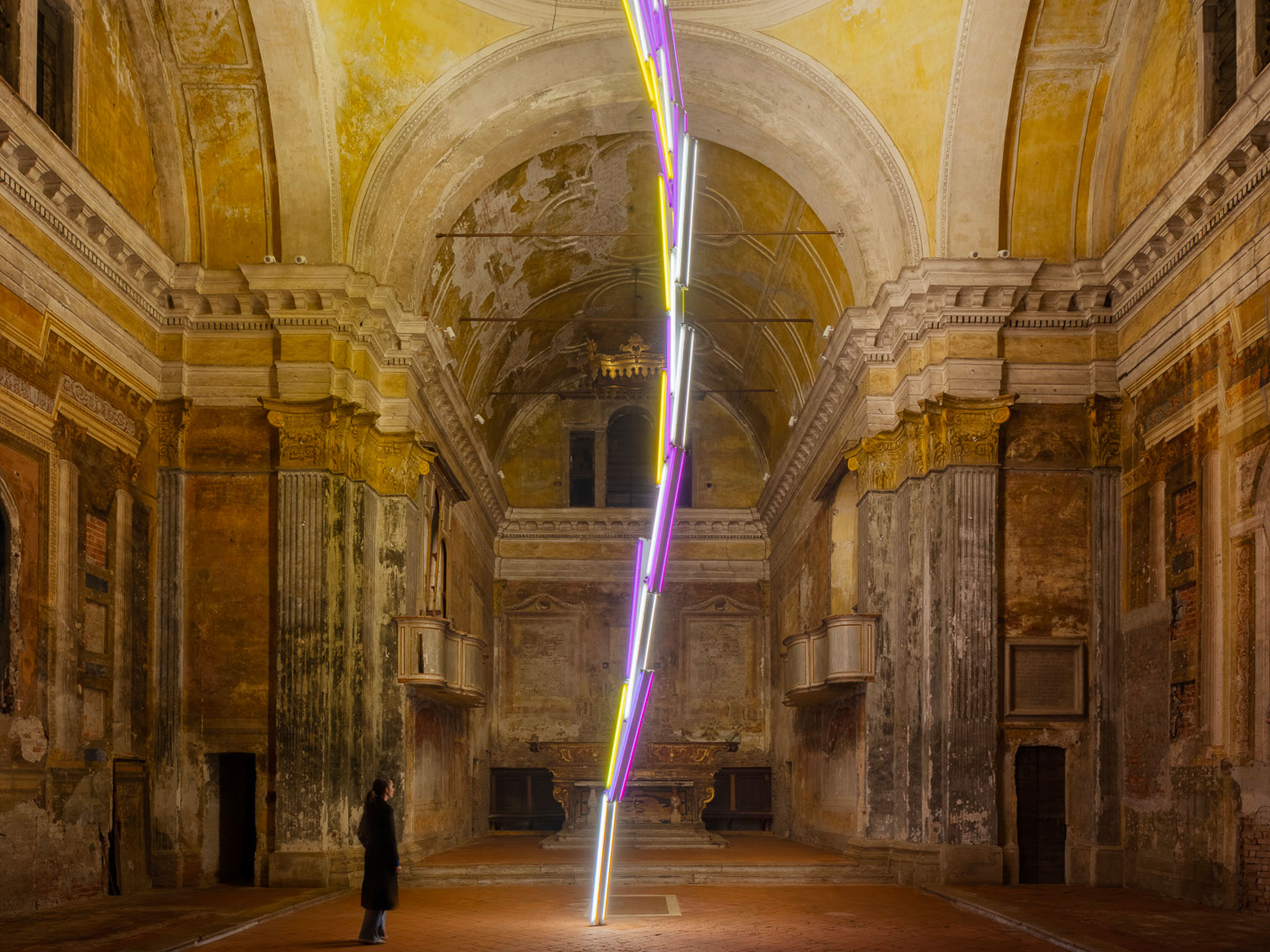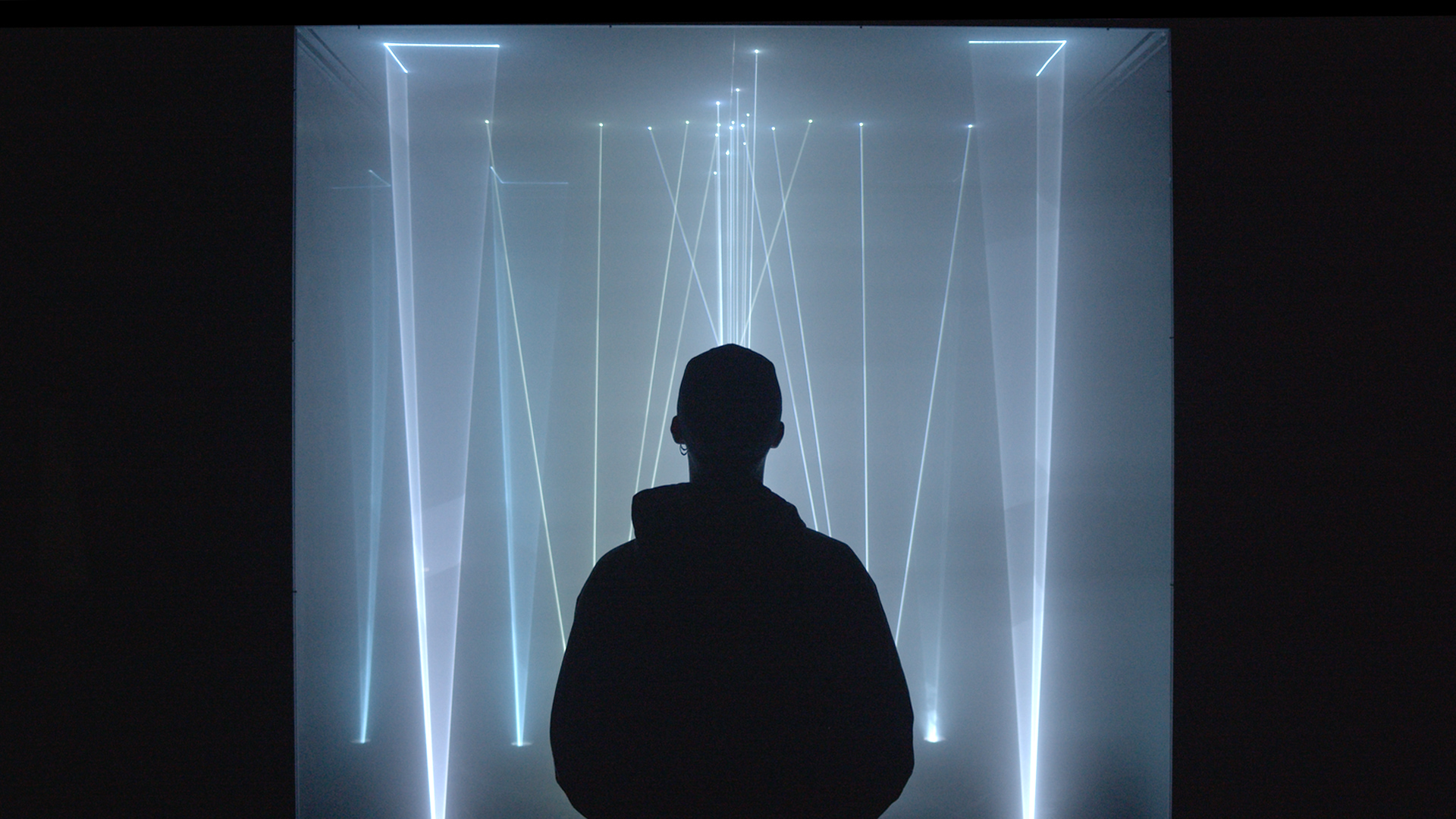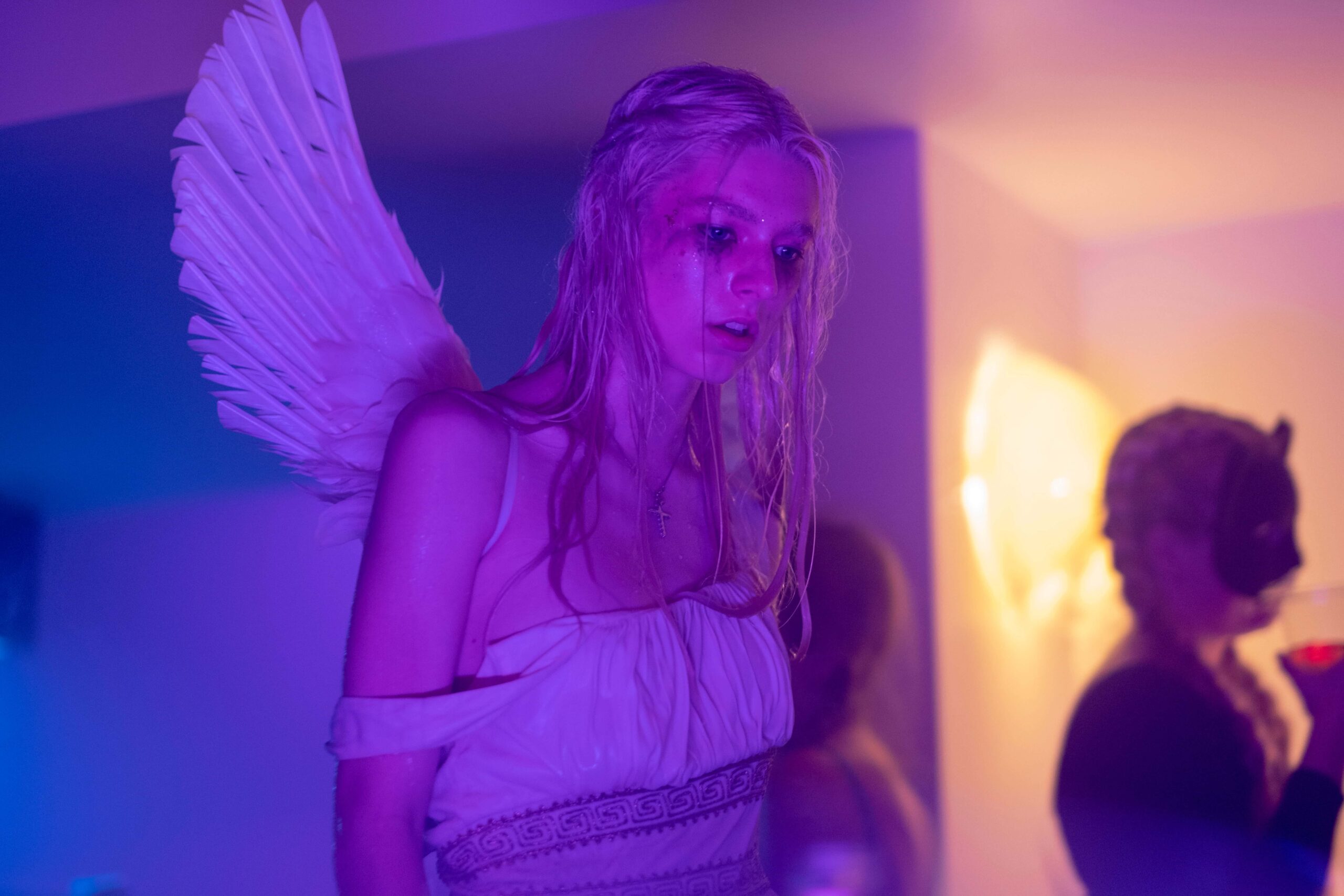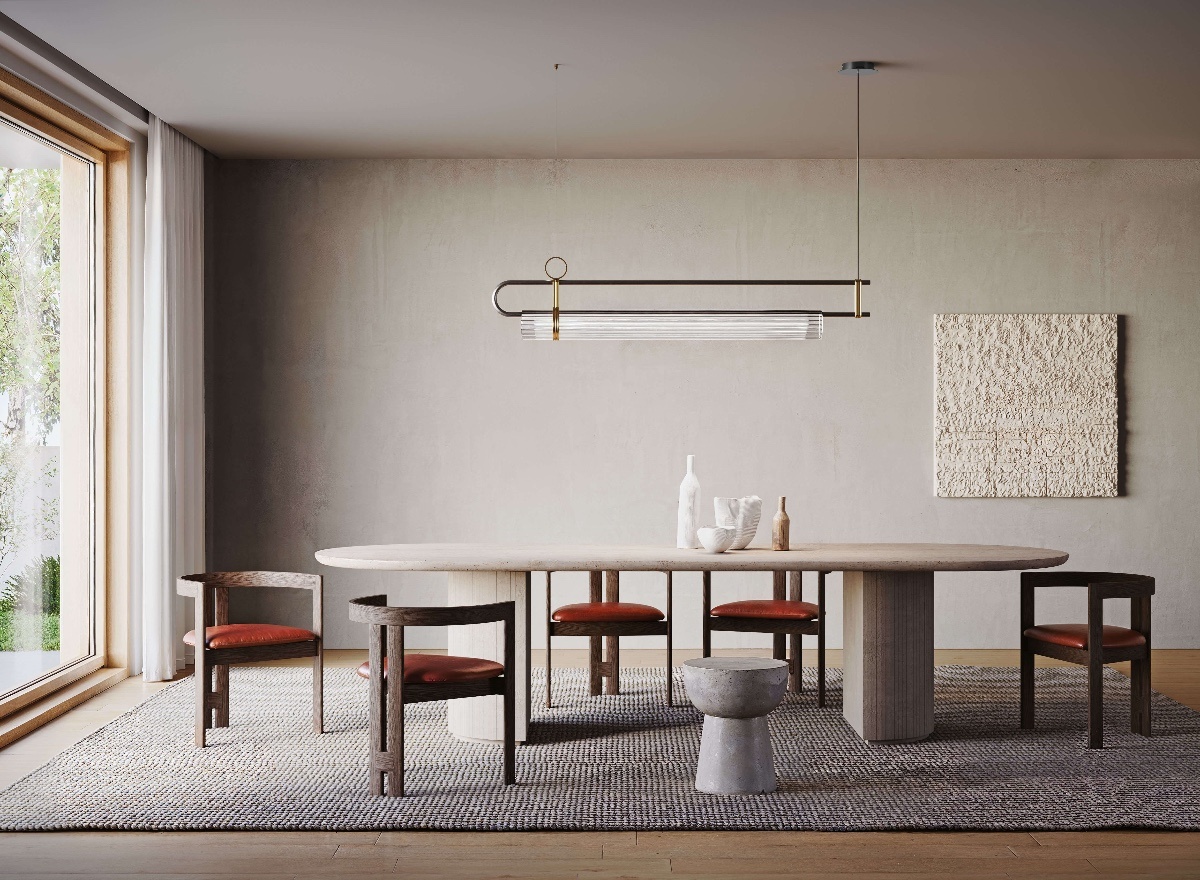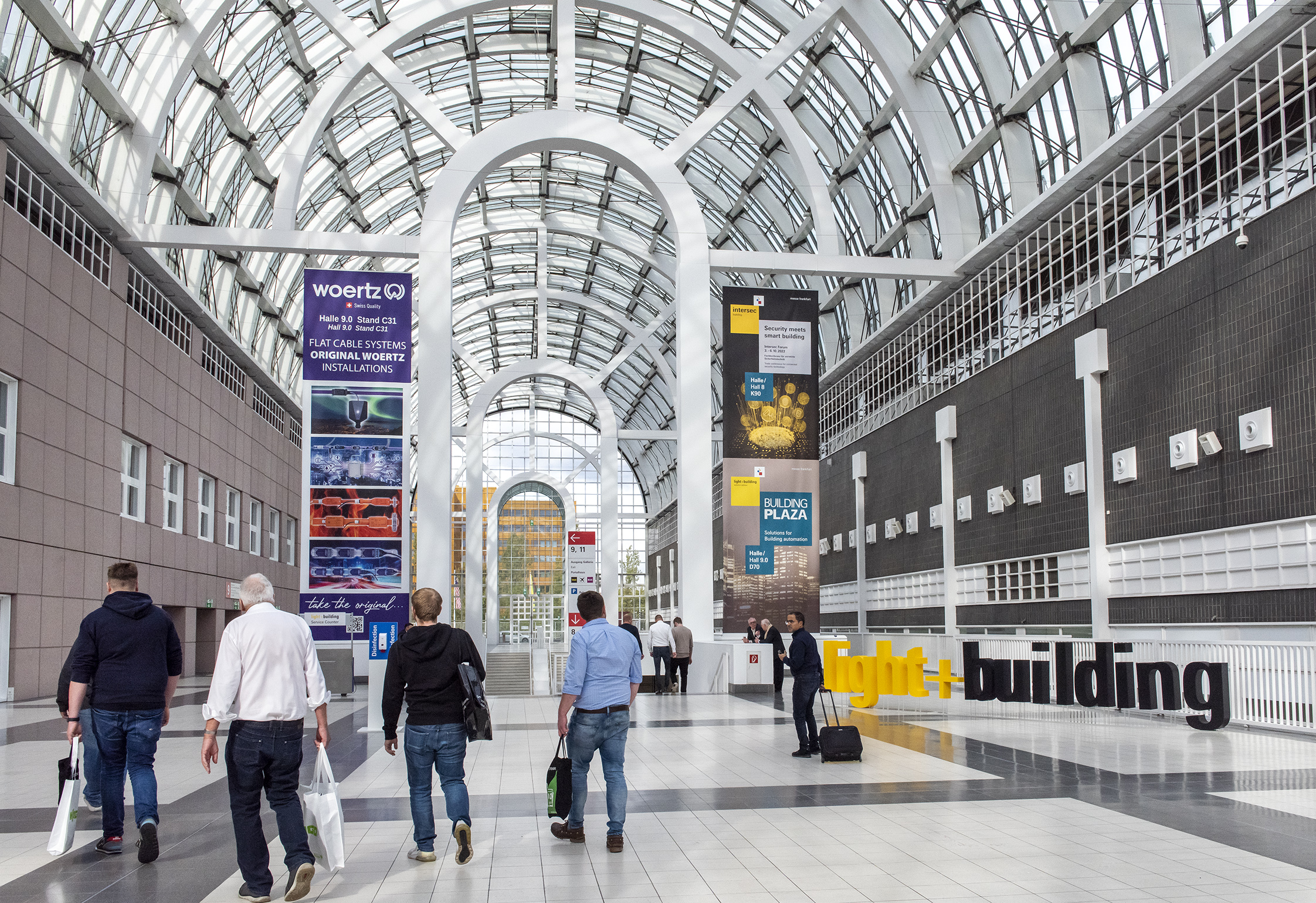Specializing in industrial and lighting design, Angelo Sanzone trained at the Politecnico di Milano and founded In Sensu Studio in Vittoria (RG) in 2016.
His vision and design approach are the culmination of a journey closely tied not only to technical expertise and creativity but also to the perceptive aspects of vision. As Sanzone explains, it is about «the fusion of luminous phenomena with space and the observer».
How did you first get into lighting design?
«Like many great loves, my passion for light was born from a previous disappointment. In 1996, I began studying Industrial Design at the Politecnico di Milano. The first year was a letdown, except for Jorrit Tornquist’s colour theory course. In the second year, the 500 students had the chance to choose from four pathways, one of which was “Light”. I didn’t hesitate, believing that lighting design would open doors to working not only in artistic heritage but across a range of other fields as well. The light became the opportunity for me to continue my studies. Over the next four academic years, I was fortunate to encounter the four pillars of my technical education: Mario Bonomo’s lighting engineering, Ruggero Pierantoni’s vision phenomenology, Clino Trini Castelli’s primary design and qualities, and Isao Hosoe’s approach to behavioural energy and neo-nomadism».
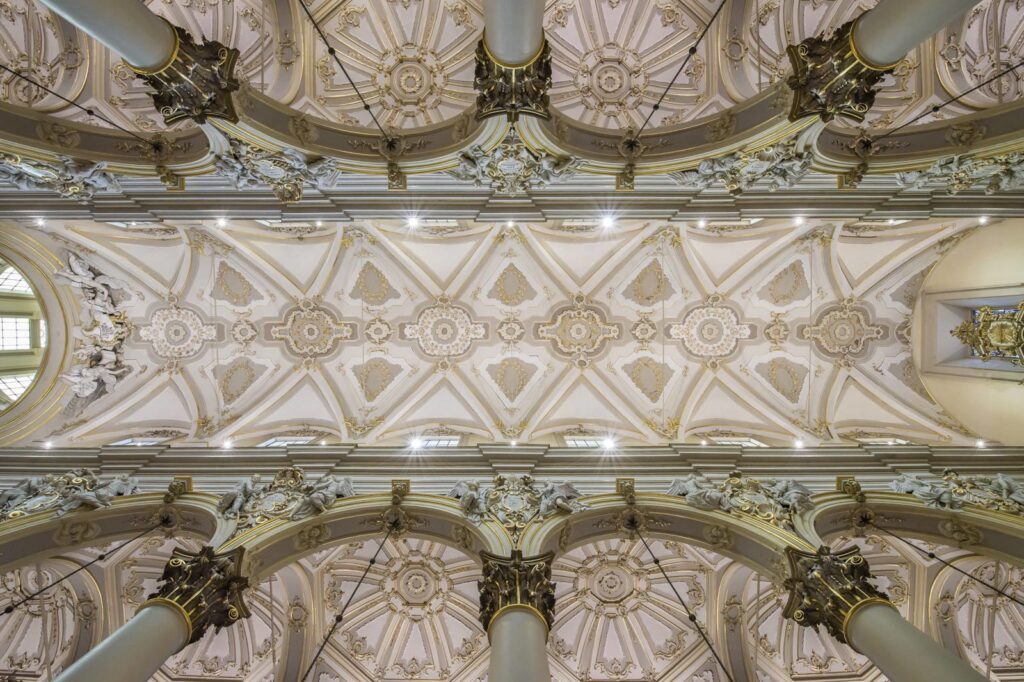
How did In Sensu Studio come to life?
«After graduating in 2003, I worked for several years as a lighting consultant for Targetti Sankey Spa, and later as a freelancer for architecture studios, companies in the sector, and specialized distributors. In 2016, I found myself reflecting on the UNI 11630:2016 standard, Light and Lighting – Guidelines for the Design of Lighting Projects. This standard marked a turning point: “Lighting design should be considered a blend of art and science, capable of illuminating human environments”. I realized that lighting design should go beyond just technical drawings, numerical calculations, and materials lists. A design-focused purely on quantitative parameters can ensure proper lighting conditions, but it cannot define the best possible lighting. This insight led me to create a studio with a different approach to lighting. The name In Sensu is inspired by Thomas Aquinas’ peripatetic axiom, «Nihil est in intellectu quod prius non fuerit in sensu», meaning “There is nothing in the mind that wasn’t first experienced by the senses”. My goal was to put into practice the design principles and research I had acquired during my years in Milan».
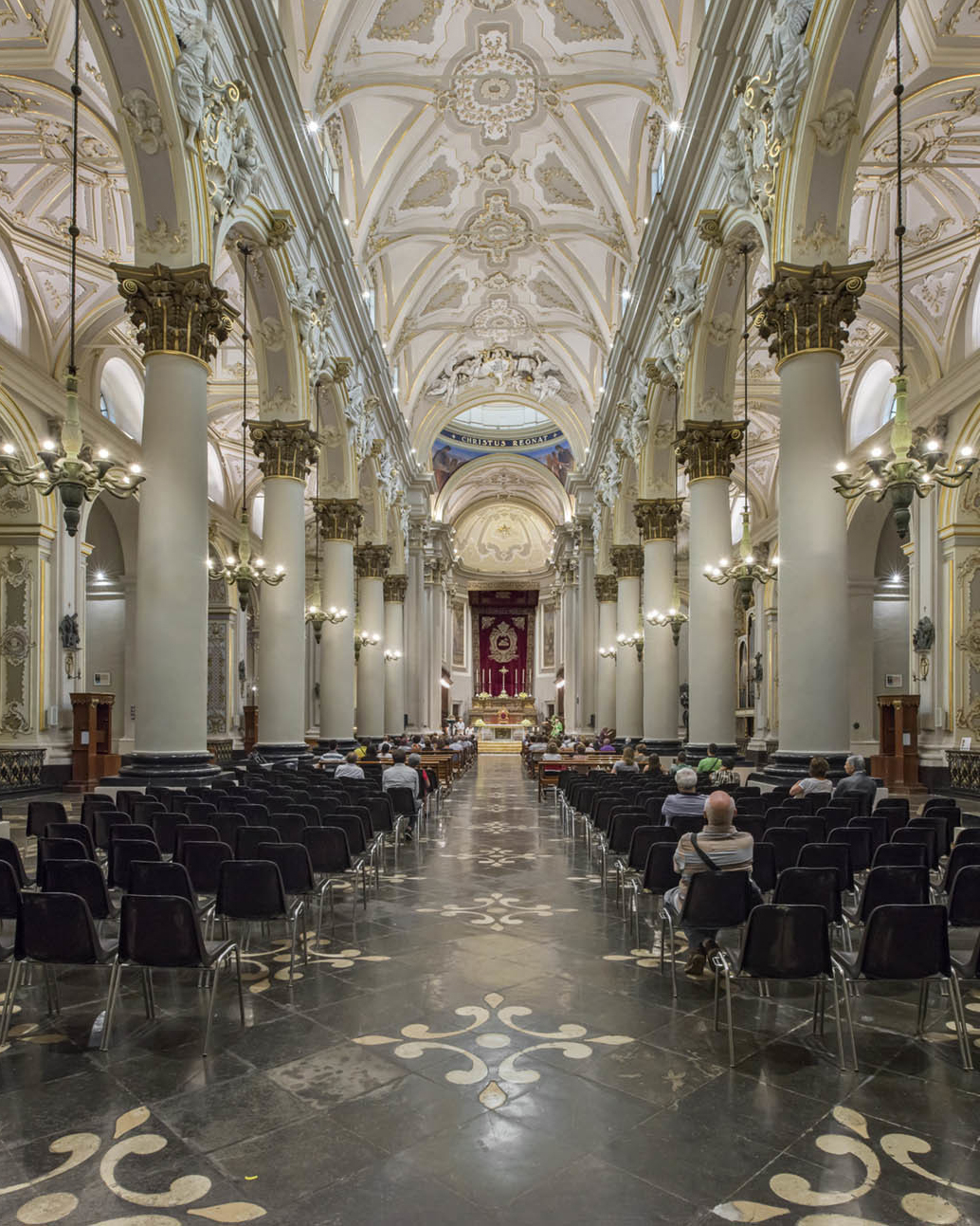
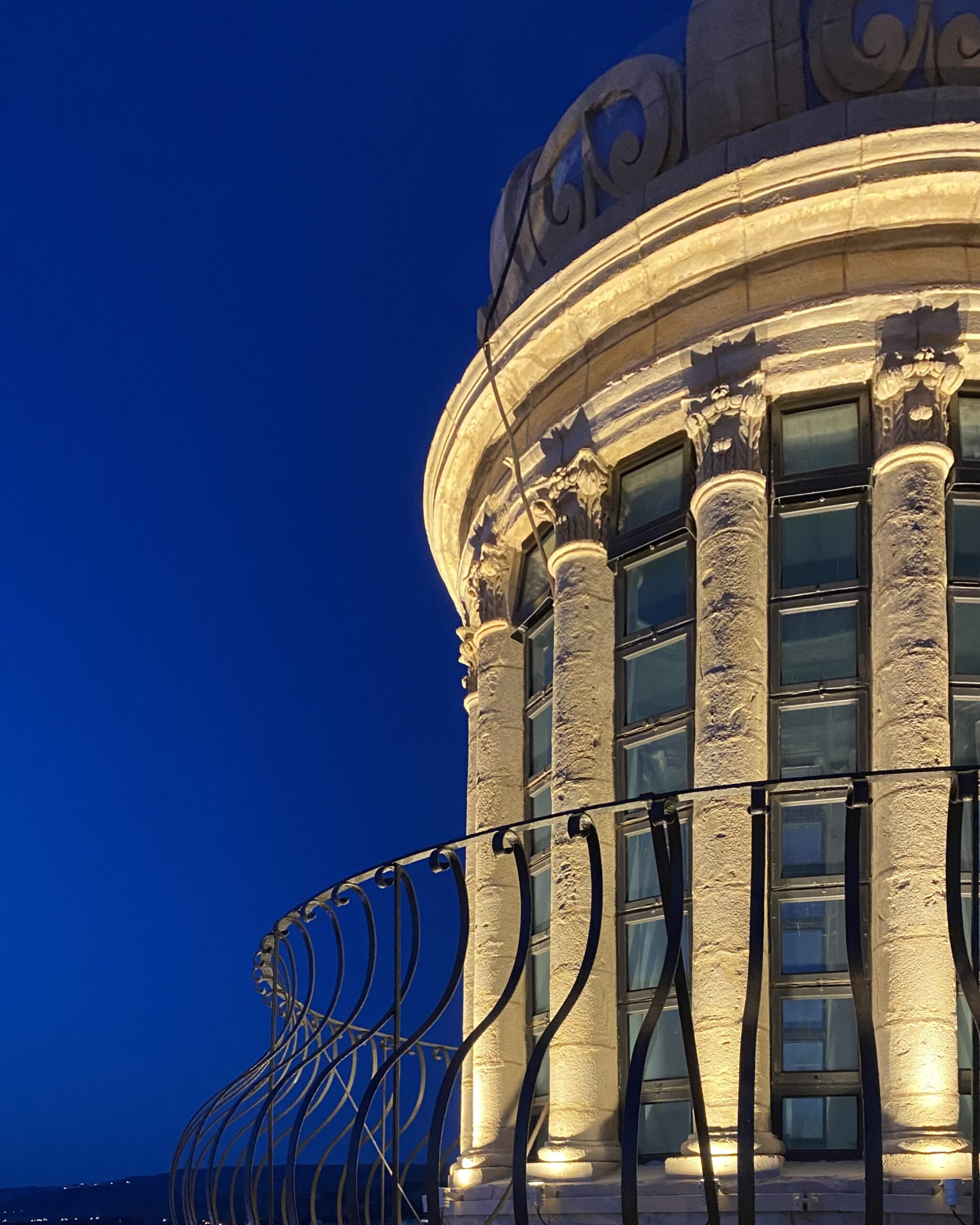
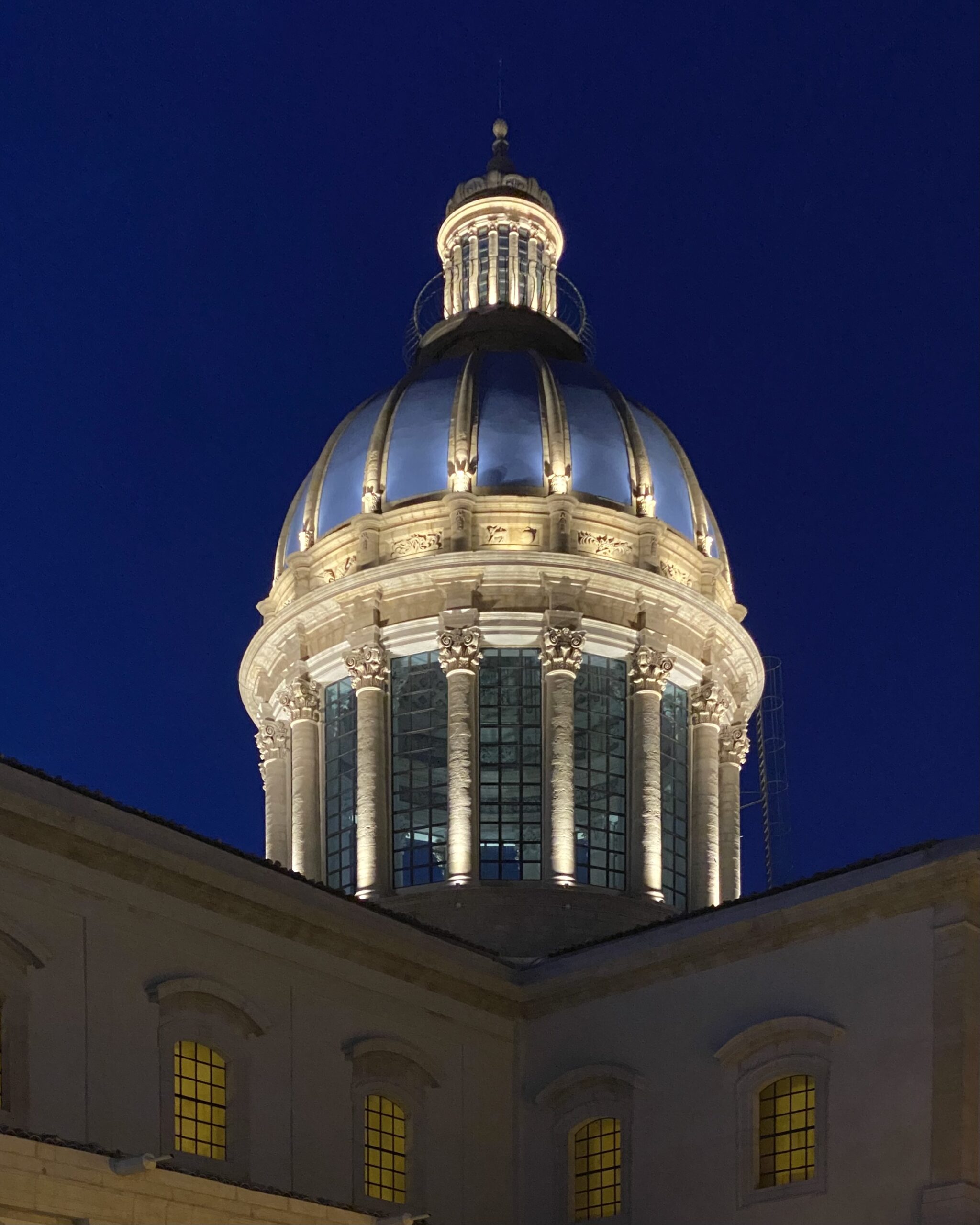
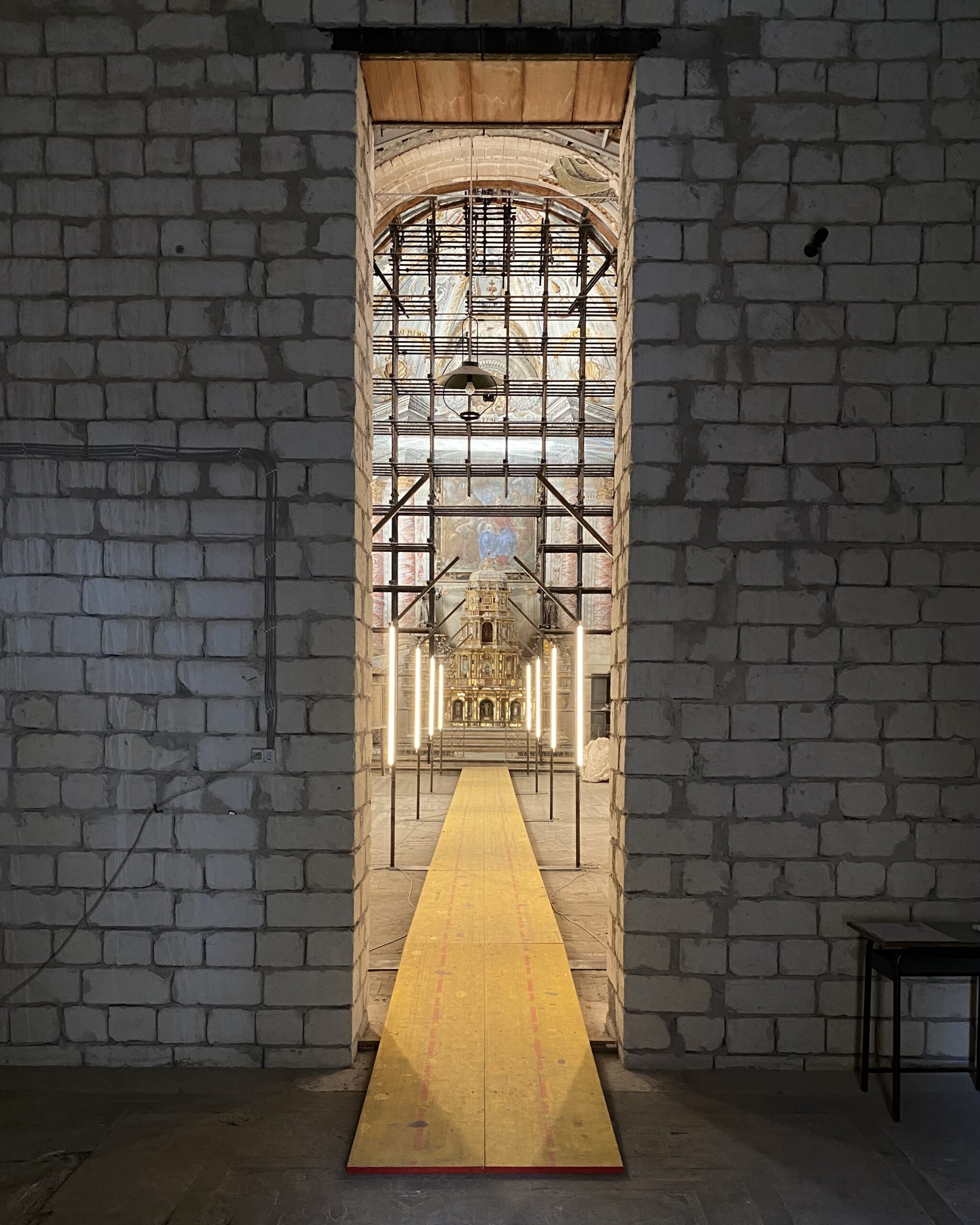
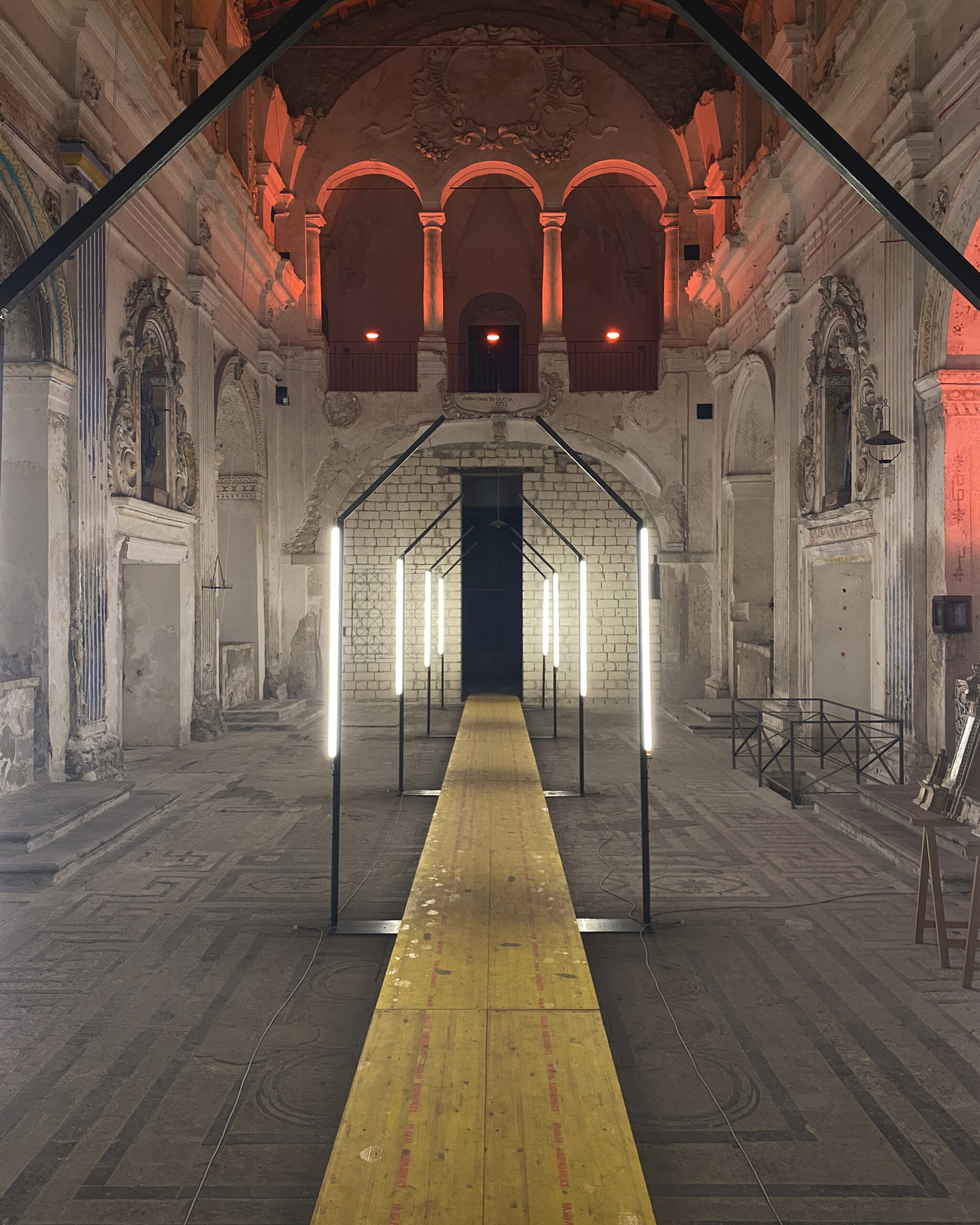
Among the studio’s lighting projects are the Cathedral of Ragusa, the Sanctuary of Maria SS in Chiaramonte Gulfi, and the dome of the Basilica of SS Annunziata in Comiso. Is there a special sensitivity for historical and religious architecture? What is your design approach?
«I’ve always felt a deep connection to places of worship. These buildings have promoted culture, art, and architecture for over two millennia. Here, I turn to a quote: “Art reproduces and recreates the order among parts that exist in reality”. Giulio Carlo Argan wrote this to summarize Leon Battista Alberti’s work. Order is central to my design approach: respect for architecture, analyzing shadows as much as light, and understanding that vision is one of the senses essential to liturgical spaces.
Light serves the liturgical function, but these spaces also act as containers of history and art. This type of lighting project often includes the design of custom lighting fixtures, not necessarily mass-produced, but tailored to the space».
Recently, you’ve become more involved in contemporary art projects. At the latest edition of the Baroque & Neobaroque Festival in Ragusa Ibla, you presented Analogic Light. Can you tell us about this experience?
«My approach to contemporary art, which centres on using light as a material, began with the founding of In Sensu Studio and is deeply rooted in the principles I referenced earlier. I quickly felt the need to explore the relationship between individual, space, and vision, initially in a didactic way, and later in a more empirical manner. My first project was an investigation of Shoji light in Japanese culture, which contrasts sharply with Western glamour. This installation, which lasted about six months, was set up inside my studio in Modica. I had to wait until 2023 to realize the glamour light installation, “light for a construction site”, which is still on display at Sant’Anna Church in Modica.
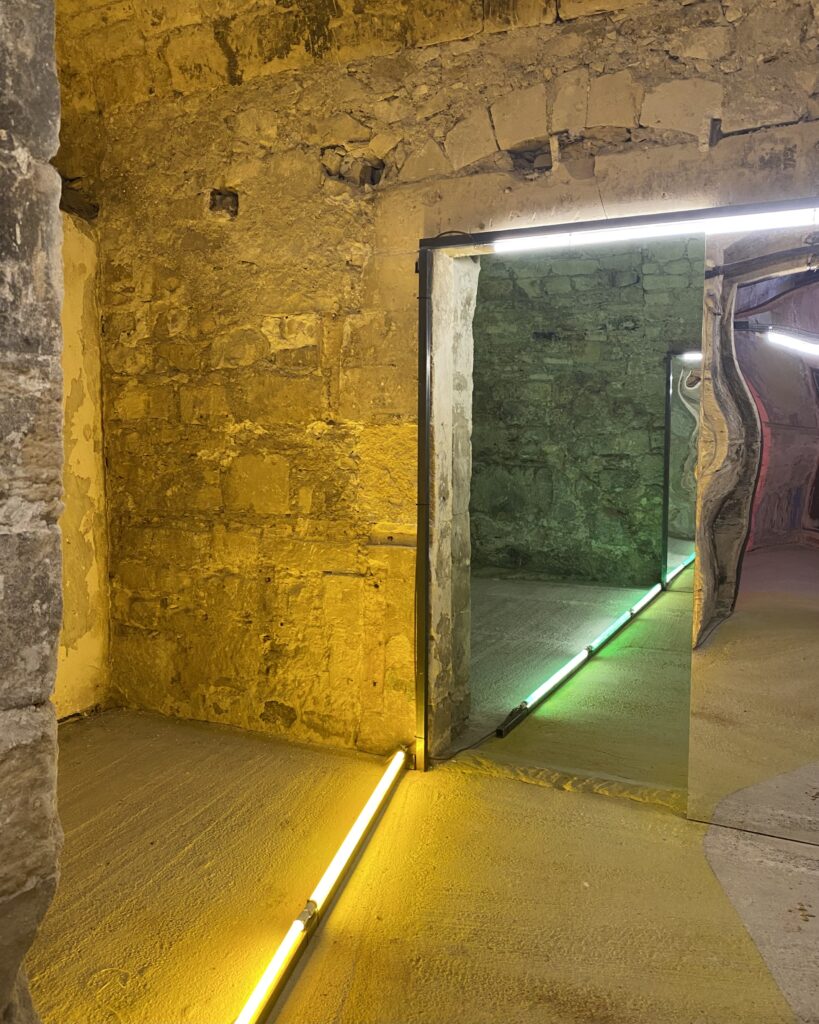
In June, I was invited to the fourth edition of the Baroque and Neobaroque Festival in Ragusa. I was tasked with illuminating the basement of a Baroque palace, still under construction. Before the renovation and reuse of the space began, I decided to make it accessible to the public as a sort of “living memory” of what the space had been. Light was the star of the installation: a yellow path guided visitors through rooms with crumbling plaster and exposed walls, where they could appreciate the display of neo-baroque objects. The light brought both colour and warmth, remaining flat to reveal every detail. Mirrors were used to create a scenic illusion, expanding the tight passages».
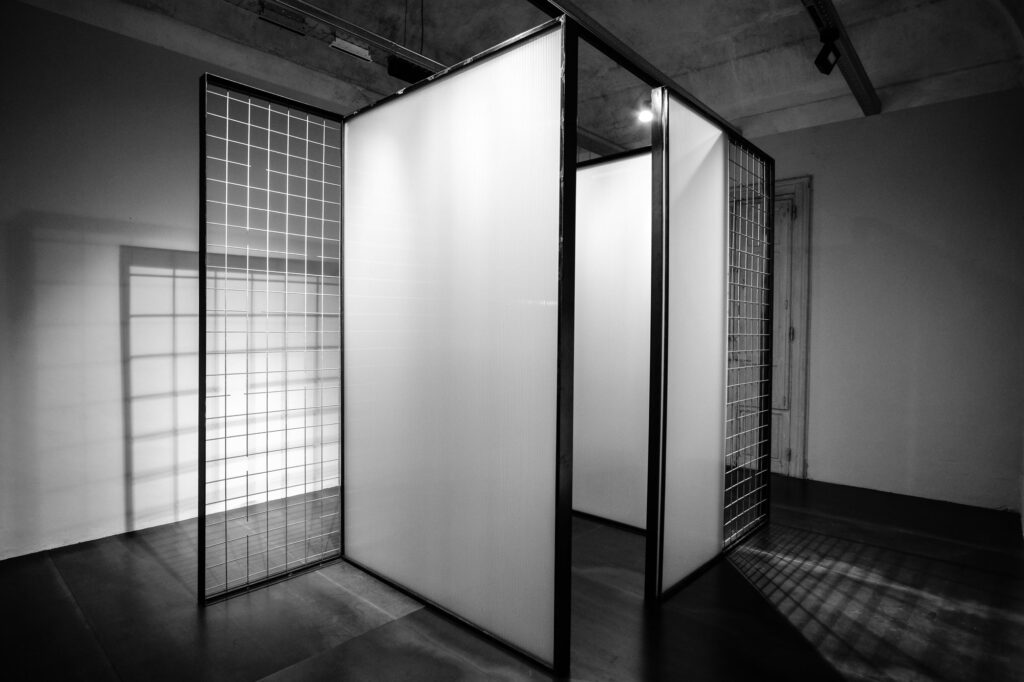
Does the relationship between light and contemporary art represent a new direction in your research? How do you see it evolving in the future?
«I believe art has the power to create immersive experiences. Since the 15th century, humans have lost many sensory dimensions, narrowing their focus to vision. Primary design and contemporary art have brought individuals back to a state of multi-sensory experience, including vision. My research aims to develop a language of light that expresses what cannot be measured or calculated. I believe that the future development of industrial products will need to align more closely. The mass production of disposable items is becoming less relevant to my goals».
